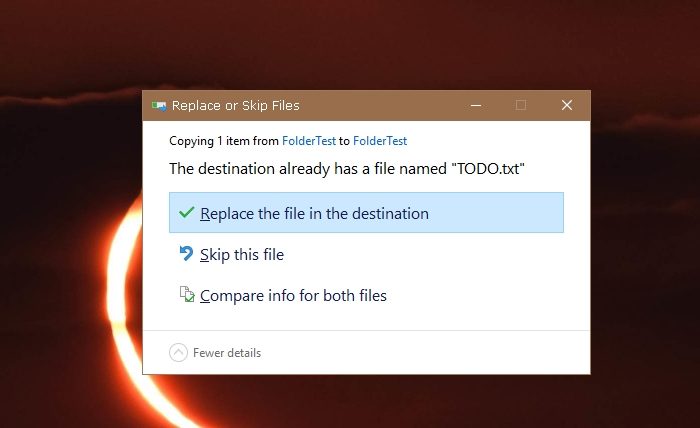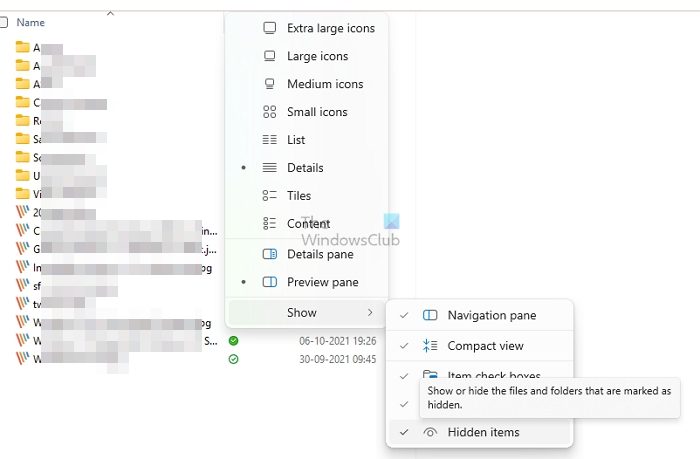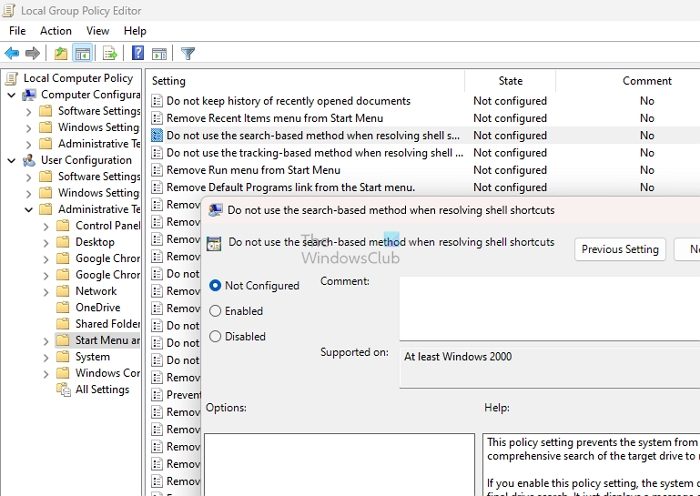When copying files in Windows or other operating systems, users might encounter a situation where the Replace or Skip File dialog box does not appear as expected in Windows 11/10. It can prevent them from managing file conflicts and choosing how to handle duplicate files during copying.

Possible Causes and Reasons
Several factors can contribute to the “Replace or Skip File” dialog box not appearing when copying files. Understanding these causes is essential for effective troubleshooting.
- File Conflict Type –If the files copied have the same names but are in different folders, the system may automatically generate a new name for the copied file to avoid conflicts. In this case, no dialog box will appear.
- File Permissions – Insufficient permissions can prevent the system from displaying the dialogue box. If the user has no right to modify or replace files in the destination folder, the system may silently skip the copy or replace process.
- File Attributes – Hidden or system files may not trigger the dialogue box, as the system assumes they have protected files that should not be modified without special permissions.
- Automatic Handling Settings – The system’s copy settings may be configured to automatically replace or skip files without asking for confirmation. This is typical in some third-party file management tools.
Fix Replace or Skip File Box Not Appearing When Copying Files
The below-mentioned steps can be regarded as effective remedial measures to resolve the issue in question:
- Check File Conflicts
- Verify File Permissions
- Unhide Files
- Adjust Automatic Handling Settings
Please follow the below-mentioned steps to execute the remedial measures for the said problem
1] Check File Conflicts
Before copying the said file/s, ensuring there are no actual conflicts concerning the file names can be a practical, proactive approach to avoid the error. If the file names are similar, renaming them can ensure that the Replace or Skip File alert appears while copying files.
2] Verify File Permissions
Ensuring that the concerned user has the required permission to copy or move the files from the source to the destination location can also be a significant step to ensure that the files are copied, and the said dialog box appears, as per the need of the situation.
3] Unhide Files

If the files that are being copied are hidden, the Replace or Skip File dialog box may not appear. Hence, hiding the same can also help revive the said notification. The below-mentioned steps can be adopted for unhiding the files:
- Open the File Explorer by pressing the Windows + E key.
- Click on the View tab at the top of the window.
- Navigate to the Show/section and enable the option—Hidden items—to show hidden files and folders.
4] Adjust Automatic Handling Settings
The Group Policy editing can also effectively disable the Automatic File Handling settings, which may also cause the situation. The system’s settings might be configured to replace or skip files without asking for any confirmation from the user, leading to the said dialogue box may not appear.

The below-mentioned steps can be adopted to change the Group Policy to ensure that the Replace or Skip File dialogue box appears :
- Open the Run Dialogue box by pressing the Windows + R key.
- Type gpedit.msc and click OK to open the Group Policy Editor.
- Navigate to User Configuration> Administrative Templates > Start Menu and Taskbar.
- Check for the option Do not use the search-based method when resolving shell shortcuts on the right pane and double-click on the same.
- Select the Enabled option.
- Click on Apply and then OK to save the changes.
Conclusion
The above steps can effectively ensure the resolution of the said error; however, adjusting the settings can impact the computer system’s security for handling file operations. Hence, caution is advised while undertaking the above steps.
Read: No Duplicate Warning when Copying or Moving Files and Folders in Windows
What does Skip mean when copying files?
When copying files, you can use the “Skip” option to skip a file and continue with the next one. The “Stop” option halts the copying process completely. If you have already copied some files before selecting the “stop” option, those files will remain in the destination folder.
How do I get back copy and replace files?
If you’re using Windows, you can easily recover an earlier version of a file by right-clicking on it and selecting “Properties.” From there, you’ll find an option called “Previous Versions” that will let you revert to a previous version of the file and recover your data.
Leave a Reply